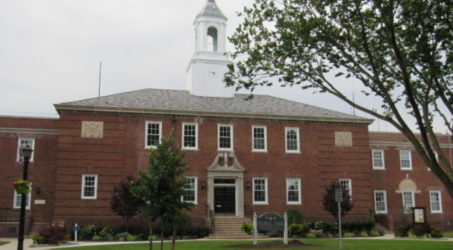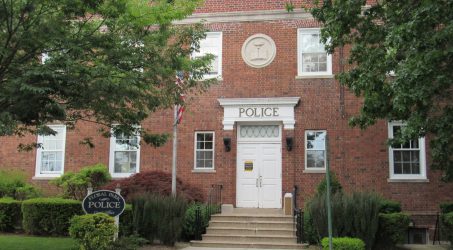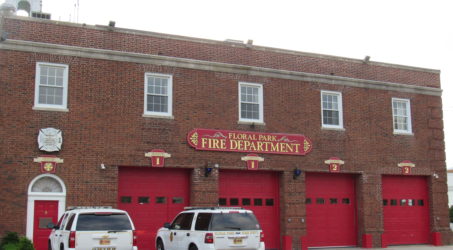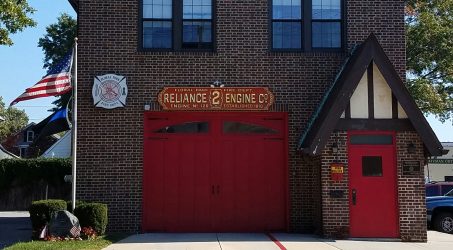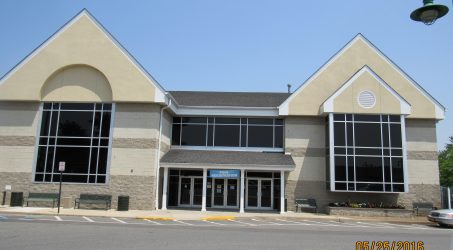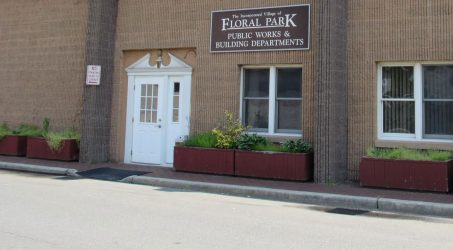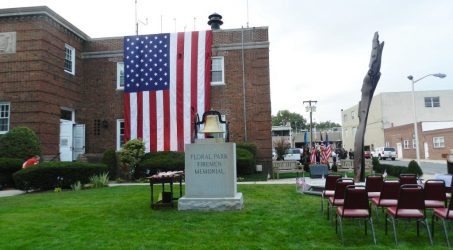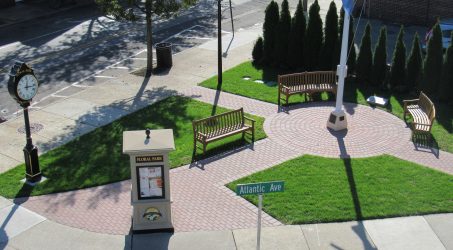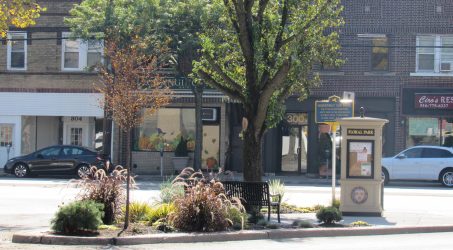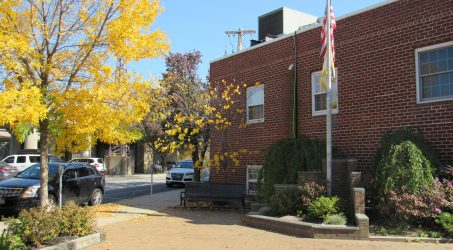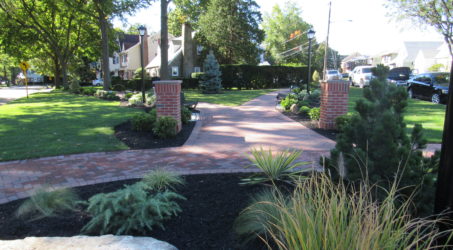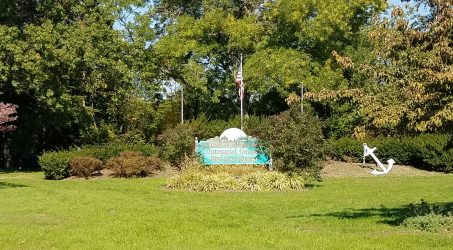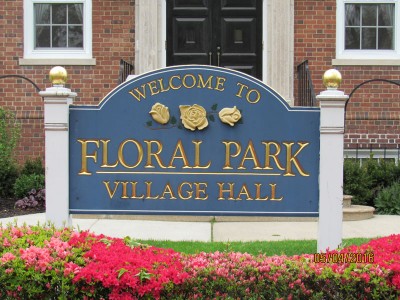Cool Timeline
As our Village matured over the years, from several hundred residents at the time of incorporation to the present 16,800, it was and continues to be “a great place to live.”
The most recent change in our Village has taken place on Tulip Avenue. Through the Community Development Fund, matching grants were made available to participating merchants for new facades on the store fronts of Tulip Avenue. These funds also provided for new street lights and trees were planted throughout the…Read More
In 1982, Memorial Park was completely renovated through the efforts of the Southside Civic Association. A memorial commemorating those residents who gave their lives for our country stands there and is the site of Memorial Day Services. Art shows and musical presentations offered by the Council of Cultural Affairs are…Read More
The Long Island Railroad added an escalator at the Floral Park station in the early 80’s After lengthy negotiations with the Metropolitan Transportation Authority, the Village leased the area known as the Creedmoor Spur, which it developed into a large parking field. It is used by residents and commuters, with…Read More
Although the Village Board of Trade started a fund in 1916 toward the goal of a public library, it did not come into being until 1923. The Floral Park Public Library opened its doors in that year and moved to its present location in 1964.
In the late 40’s, the Village saw the need for parking due to the great increase of automobiles and construction of four municipal parking fields was begun to alleviate this problem. Storm sewers and sanitary sewers were installed between 1954 and 1957 and kept the Village in a disrupted state…Read More
At the same time, elimination of the Long Island Railroad grade crossing at Tulip, Carnation and Plainfield Avenues was in progress. The first train to operate on the newly elevated tracks came through in June of 1962 and full service was in effect that November.
During the 60’s, many changes took place. Old houses were demolished to make room for office buildings and super markets and the post office moved to its present location on Tulip Avenue. In 1962, a self-sustaining swimming pool was added to the much used recreation area. Over the years, additional…Read More
In 1936, a much needed Village Hall was erected and it serves our Village today. At that time, it housed the administrative offices, police department, fire companies, and the library. Today, the administrative offices occupy the major portion of the building along with police and fire headquarters.
Pupils going on to high school in the early years attended Hempstead or Jamaica High Schools. Overcrowding of these schools in the 20’s saw Floral Park seek its own high school. In 1926, a Central High School District was formed and Sewanhaka High School opened its doors in 1930. Sewanhaka…Read More
